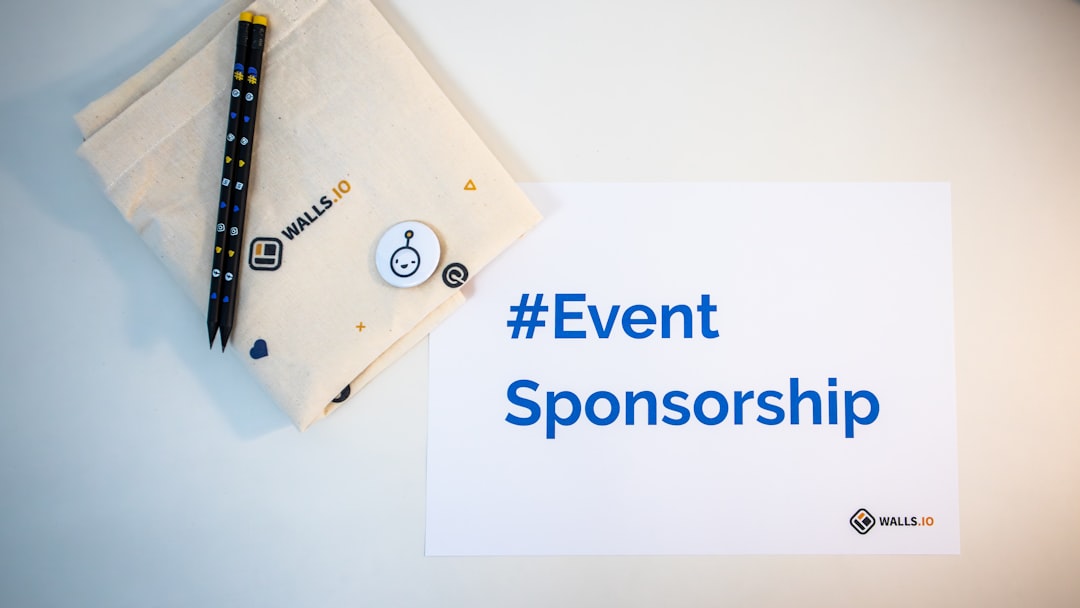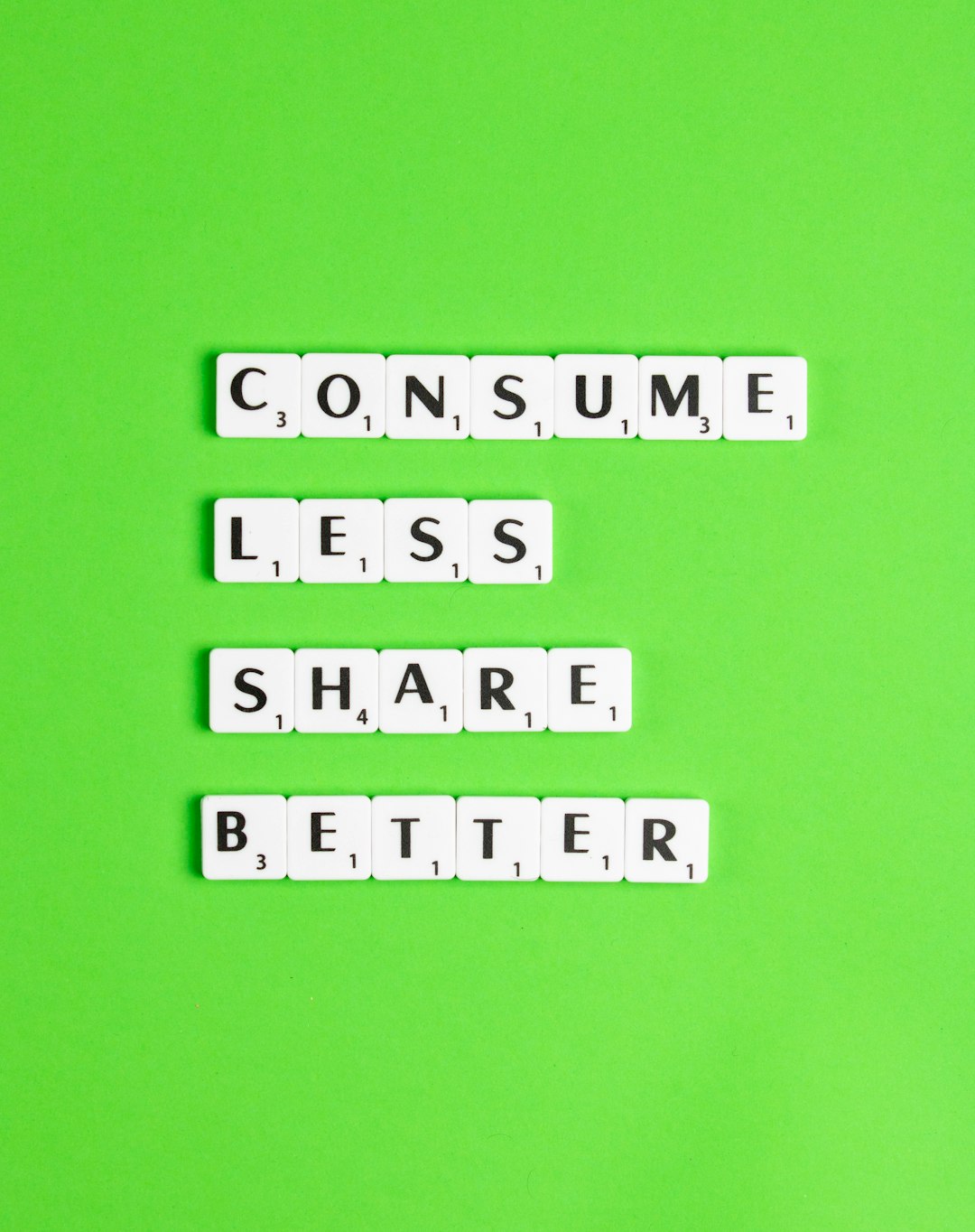Email newsletters are experiencing a renaissance. From niche curators to industry insiders, creators around the world are turning their newsletters into full-blown businesses. If you’re running a newsletter—or thinking about starting one—there’s never been a better time to consider how to monetize it. But deciding how to monetize can be as important as the content you create. The three dominant monetization strategies in 2025 are sponsorships, affiliate marketing, and paid subscriptions. Each model has distinct advantages and challenges, and choosing the right one depends on your content, audience, and long-term goals.
Sponsorships: Monetizing Through Partnerships
Sponsorships involve partnering with businesses or individuals who pay to be featured in your newsletter. This model remains highly viable in 2025, especially as brands increasingly seek direct access to niche communities where trust and engagement are already established.
How it works: A sponsor pays a flat rate to be mentioned or promoted in your email. This could range from a couple hundred dollars for smaller newsletters to tens of thousands for high-reach publications.
Benefits of sponsorships:
- Predictable income: Usually involves upfront payments, which can stabilize revenue.
- Scales with audience growth: As your subscriber list grows, so do your sponsorship rates.
- Low friction for readers: Unlike paid subscriptions, all content remains freely accessible.
Challenges:
- Quality vs. relevance: Accepting the wrong sponsors can erode trust with your audience.
- Time-intensive: Finding, negotiating, and managing sponsors can be a full-time job.
- Limited scalability for niche lists: Smaller newsletters may struggle to attract high-paying sponsors.
Many newsletters use dedicated ad networks or platforms like Swapstack or Paved to find sponsors, while more established creators work through direct outreach or agencies. In 2025, AI-powered sponsorship matchmaking services are streamlining this process, helping match newsletters with brands based on audience demographics and engagement data.

Affiliate Marketing: Earning Through Recommendations
Affiliate marketing is a performance-based monetization model where creators earn a commission when readers make a purchase via unique tracking links. This model suits newsletters with an audience primed to buy—from product reviewers to financial advisors and beyond.
How it works: You feature products, services, or tools in your newsletter and embed affiliate links. When readers click and buy, you earn a percentage of the sale or a set referral fee.
Benefits of affiliate marketing:
- No upfront negotiation: Join programs easily through platforms like Amazon Associates, ShareASale, or niche-specific networks.
- Virtually unlimited scalability: High-converting newsletters can earn significant passive income.
- Synergy with content strategy: Easily integrate into product recommendations and how-to guides.
Challenges:
- Unpredictable revenue: Your income depends on clicks and conversions, which can fluctuate.
- Requires audience trust: Readers must believe your recommendations are genuine, not revenue-driven.
- Platform dependency: Policy changes from affiliate networks can disrupt your income streams.
One of the evolving trends in 2025 is the use of AI-generated product roundups with affiliate links tailored to subscriber behaviors and preferences. Some tools even auto-insert affiliate links into older content, creating passive monetization opportunities for evergreen newsletters.

Paid Subscriptions: Creating a Premium Tier
The paid subscription model relies on charging subscribers a fee—monthly, quarterly, or yearly—for access to premium content. With platforms like Substack, Beehiiv, and Ghost, it’s easier than ever to implement a paywall in 2025.
How it works: Your newsletter includes both free and paid content. Free subscribers receive basic updates, while paid subscribers gain access to in-depth articles, exclusive interviews, or early access to new features.
Benefits of paid subscriptions:
- Recurring income: Subscription models offer predictable, scalable revenue streams.
- Direct audience relationship: You control the payment structure and own the data.
- Fosters community: Paid tiers can include member-only perks or forums, deepening engagement.
Challenges:
- High content bar: Readers expect exclusive, high-value content if they’re paying for it.
- Conversion friction: Convincing free readers to upgrade can be difficult.
- Marketing and retention: Continuous promotion and value delivery are needed to reduce churn.
Paid newsletters thrive in niches like stock analysis, tech deep dives, or exclusive job boards. Creators often use a “freemium” structure—free content builds trust and paid content delivers deeper insights.
In 2025, many newsletters are integrating tokenized micro-payments using blockchain technology, allowing users to pay per issue or section instead of subscribing monthly. This growing trend may redefine how paid newsletters operate, offering more flexibility for consumers.
Which Model Is Best for You?
There’s no one-size-fits-all answer—the ideal monetization strategy depends on your niche, your audience, and your brand. Here are some guiding principles to help you decide:
- If your newsletter serves a general interest or lifestyle topic with high traffic: Sponsorships may be your most profitable avenue.
- If you regularly recommend products or tools: Affiliate marketing is a natural fit, especially if readers trust your opinions.
- If your content delivers unique insights or exclusive information: Paid subscriptions can offer the most sustainable model.
Of course, hybrid models are increasingly common in 2025. Many successful newsletters combine sponsorships with affiliate links or offer both free and paid subscription tiers. The key is to maintain transparency and continually deliver value.

Final Thoughts: Monetize With Integrity
As newsletter monetization evolves, so do the expectations of your readers. Whether you go with sponsors, affiliates, paid content—or a mix—it’s essential to maintain authenticity. Your audience is the foundation of your success, and their trust is worth more than a single advertising deal or affiliate commission.
Test different strategies, track performance meticulously, and always listen to your readers. Monetization is not just about making money—it’s about building sustainable relationships, optimizing your content flow, and aligning your revenue model with your mission.
In 2025 and beyond, the most successful newsletters are those that deliver value while aligning business models with audience needs. Choose wisely, iterate, and never stop learning.



